At Northvivor , we know that camping in winter can be a unique experience and just as satisfying as camping in warmer weather. The weather is harsher and we have fewer hours of daylight, but in return, we'll discover sights, sounds, and experiences that will remain etched in our memories.
Of course, it requires preparation in terms of specific equipment and a minimum of training to ensure the adventure is safe and makes us want to repeat it.
We will have to take into account several points for your winter camping.

1. Plan your winter activity and route well
Once you've selected your campsite, plan your route at home. At Northvivor, we always remember that routes and activities should start at home. (Where? Where? How? When?)
With the help of topographic maps, you can calculate how long it will take to reach your campsite, the elevation of the terrain, safest routes, and emergency shelters.
Check the weather reports for the area, whether there's snow and its conditions, the weather forecast, and always remember that it's better to postpone the activity if the weather is bad than to have a bad experience by entering an emergency situation.
Of course, your kit must include those accessories, tools, or survival items needed in case of an emergency to cover the three basic needs: "Water, Fire, Shelter."

2. Try to go with someone in winter.
Sometimes we seek solitude and silence, although in winter and in the middle of the mountains it may not be the best option.
Try to go accompanied, at least two people, so in case of injuries or emergencies we will always have someone or someone to help us or seek help.
It is recommended that those accompanying us on a winter bivouac or camping trip also have some knowledge of these types of winter activities.

3. Leave your activity plan with friends and always stay connected.
Before leaving for the activity, let your family or friends know where you'll be and when you'll be back. Include information about the route you'll be taking, your departure point, your equipment, and your location and transmission systems (phone number or walkie-talkie channel).
4. Plan your day.
Traveling in the winter mountains is slower and more difficult, especially if there's snow. Plan your activity with the first rays of sunlight in mind to arrive at your destination with enough daylight to set up your bivouac, without the temperature dropping too low.
Something we at Northvivor tend to do is try to arrive at our destination after midday so we have the whole afternoon with daylight and still have enough time to set up the bivouac or tent without the temperature dropping too much. This way we can set everything up well to be prepared when the temperatures drop, making sure to light the campfire or have the stoves ready before then.
Good winter pegs will always be helpful. In soft snow, there are also methods for securely anchoring your tent or tarp.

5. Always have a plan B and even a plan C when camping.
Changes in weather, conditions, and snow can play tricks on you, even with careful preparation. Remember that "every plan can go wrong," so having a Plan B is a good idea for your safety and that of those with you, but complementing it with a Plan C is even better. Therefore, mark shelters, lodges, rural houses, or nearby towns on that map you carry with you in case weather conditions force you to quickly seek a good, safe refuge, and even as a reference point in case you need help.
Keep in mind that if the weather isn't good and you can't light a fire or use camping gas, you should plan to bring food that you can eat without having to cook.
And always remember to bring enough food and drinks for one more day than estimated, just in case we need them.
6. Place your tent or bivouac in the warmest and safest area.
This is one of the most important points, since having a good bivouac area will provide us with rest and security. Therefore, when looking for an area to put up the tent, look at the surroundings. Spending a little time choosing a suitable area will avoid risks and will also help to have a better, more comfortable and protected experience. Sometimes the most beautiful area is not the safest.
There are many recommendations when choosing a good spot. Use common sense; obviously, experience is a key factor in this task, and everyone has their own preferences, but generally speaking, there are some basic recommendations. Never choose areas under trees heavy with snow or dry branches, areas with potential for landslides or runoff, steep slopes, or passageways. Try to position the bivouac where there's sunlight throughout the day and less humidity. To do this, it's best to orient the entrance toward the east (sunrise). This way, from sunrise and during the day, it will be more exposed to the sun and heat more efficiently.
If there is snow, we can compact it by stepping on it to make blocks and then build a wall to protect the tent or bivouac. This will protect us from the wind and blizzards.
Of course, the best snow shelter is an igloo or cave. We'll show you how to make them in another article.
7. Care with materials and clothing.
We should always keep everything tidy and put away at night. Shoes and clothes should also be kept separate and insulated. It's not pleasant to find our socks half-frozen in the morning.
Remember that anything we leave outside the tent in the open air runs the risk of freezing.

8. Batteries.
We should always make sure to carry spare batteries for our lighting and communication devices, and remember that extreme temperatures, both hot and cold, negatively affect these devices. Therefore, it is advisable to protect them from both extreme cold and high temperatures to avoid unpleasant surprises and run out of stored energy even without using them.
If we carry a communications device whose energy storage unit cannot be replaced, such as a radio, transmitter or mobile phone for emergency calls, a "power bank" is recommended so as not to run out of battery in the middle of a 112 call.
In another article we will talk about specific material for winter camping.

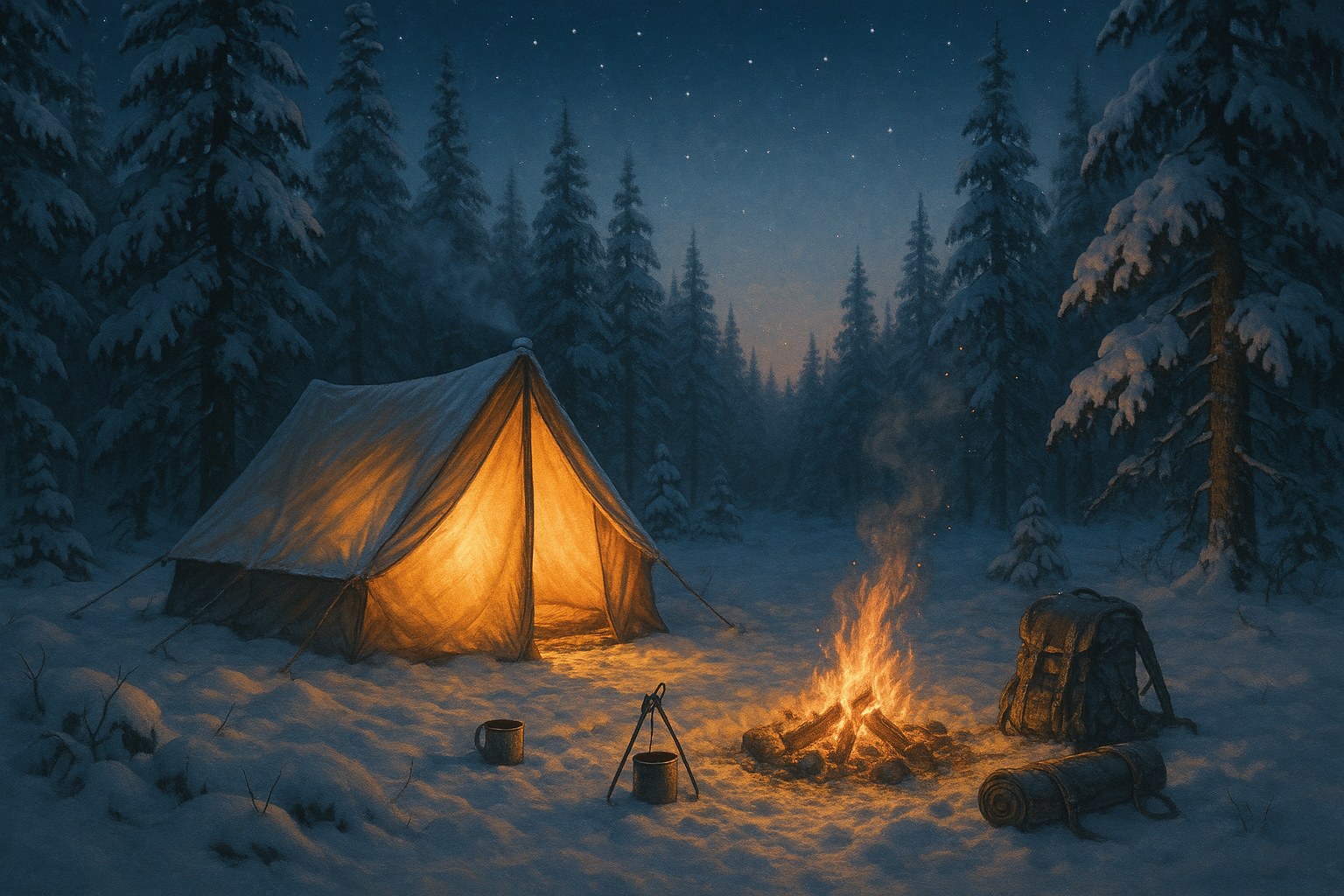
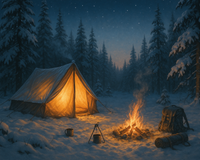
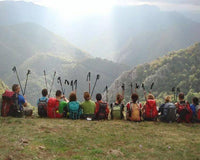
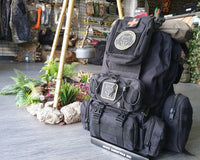
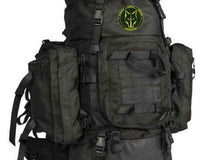
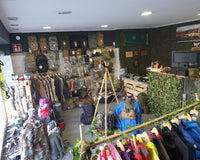
1 comment
Manuel Bazán
Muy buen contenido y muy bien explicado, un saludo 👍🙂